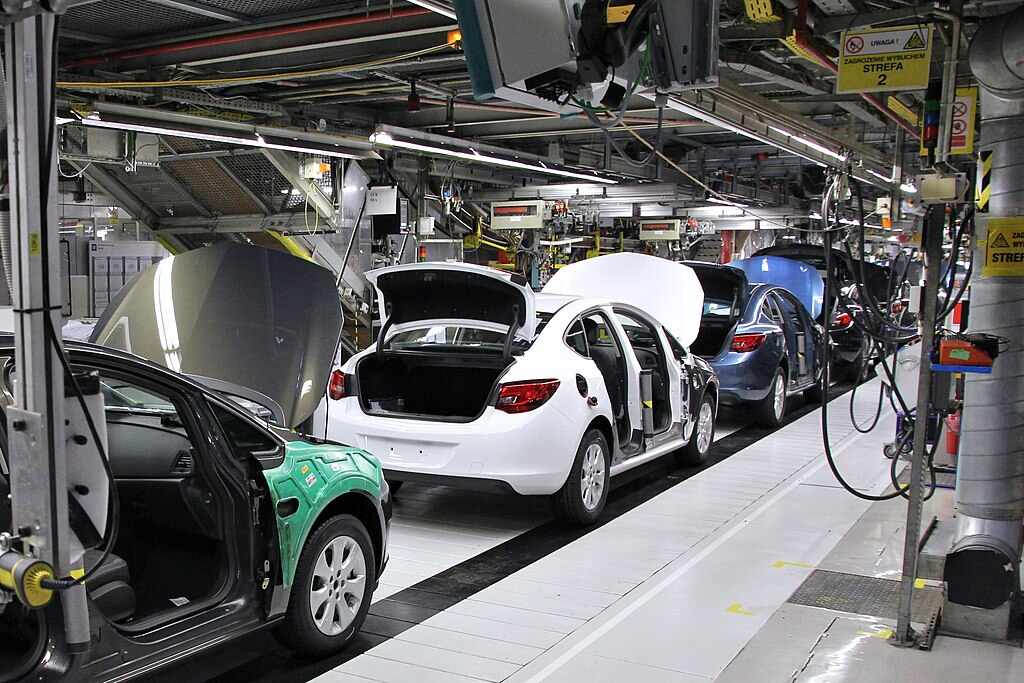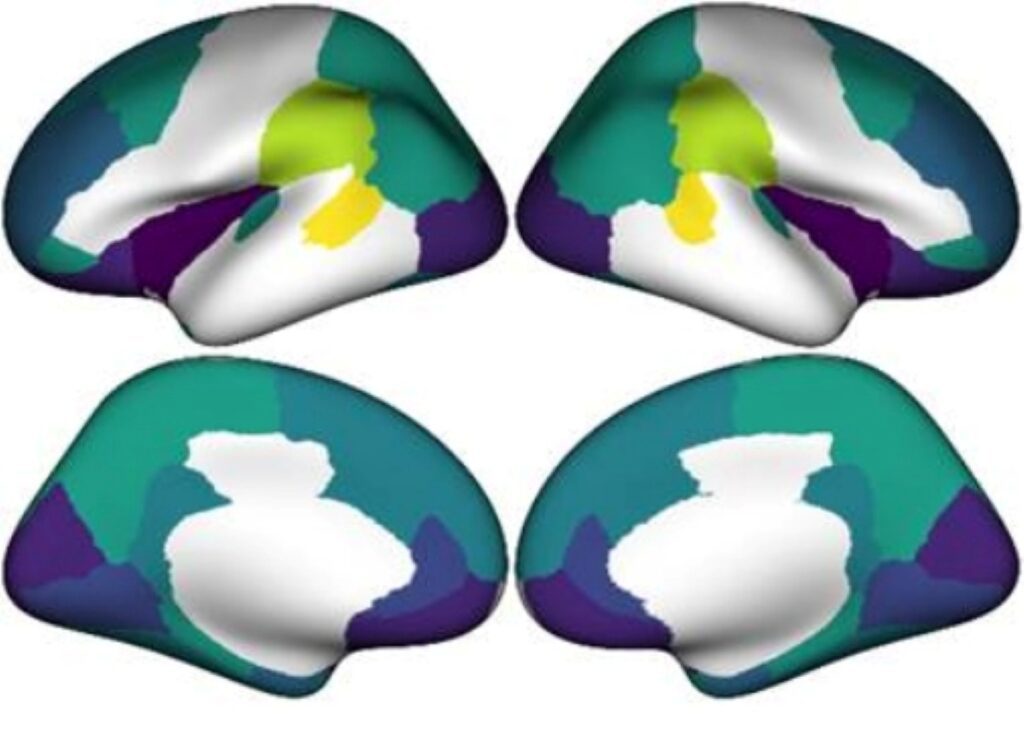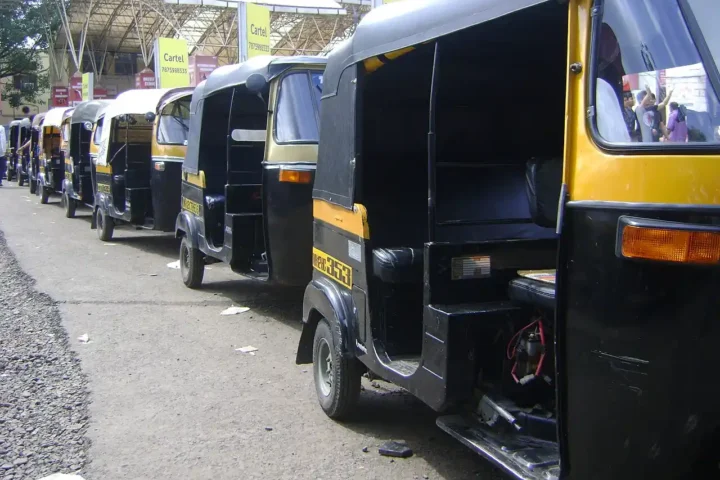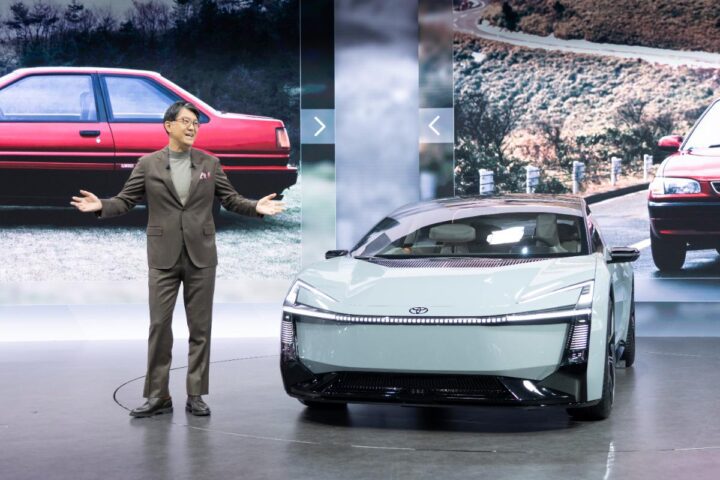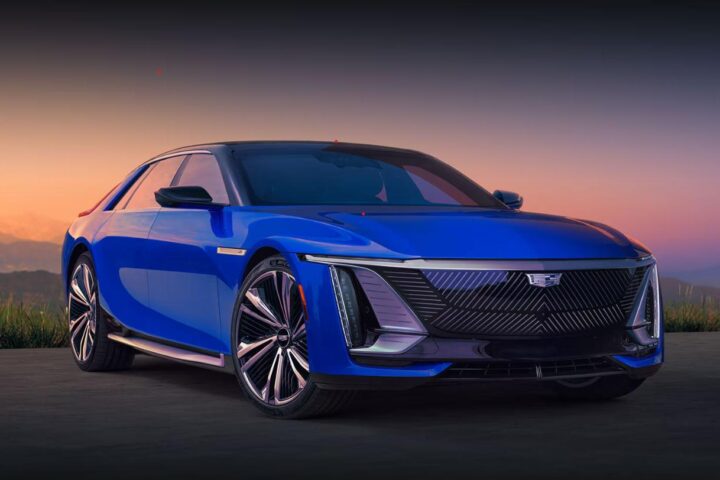President Trump is nearing a decision on a plan that would give significant tariff relief to cars assembled in the United States, potentially saving automakers billions in import taxes.
The proposal would keep a 3.75% tariff offset for U.S.-assembled vehicles and extend it for five years, according to Republican Senator Bernie Moreno of Ohio. The plan would also expand relief to include U.S. engine production.
“The signal to the car companies around the world is look, you have final assembly in the U.S.: we’re going to reward you,” Moreno said. “For Ford, for Toyota, for Honda, for Tesla, for GM, those are almost in order the top five domestic content vehicle producers — they’ll be immune to tariffs.”
This potential relief comes after Trump imposed 25% tariffs on imported vehicles and auto parts in May, affecting more than $460 billion worth of annual imports. The high tariffs have hit automakers hard, especially those relying on parts from Mexico and Canada within North America’s integrated supply chain.
The financial impact has been substantial. General Motors expects tariff-related costs between $4 billion and $5 billion this year. Ford projects a $2 billion hit to its profits, while Stellantis (Chrysler’s parent company) anticipates a $1.7 billion impact.
Similar Posts
News of possible relief sent auto stocks climbing. Ford shares rose 3.7% to close at a new 52-week high of $12.67. Stellantis closed up 3.2% to $10.73 per share, while GM climbed 1.3% to $60.13.
The Commerce Department had previously announced a temporary import adjustment offset equal to 3.75% of a vehicle’s suggested retail price for U.S.-assembled vehicles through April 2026, followed by a second year at 2.5%. Trump’s new plan would maintain the higher 3.75% rate and extend it to five years.
While automakers would welcome the relief, a White House official cautioned that nothing is certain yet: “Until any official action is signed by the president, however, any discussion about administration policymaking is speculative.”
Senator Moreno’s support for tariff relief marks a shift in his position. Earlier this year, he dismissed automakers’ complaints about tariffs as “quadruple baloney” and said companies should be grateful for regulatory rollbacks under Trump.
Recent federal trade data may have influenced this change of heart. The import tax cost from Mexican automotive goods in July exceeded that of all other major U.S. auto trading partners except China. If current trends continue, Mexico could overtake China in tariff burden by year’s end.
The relief plan aims to encourage more auto manufacturing in the United States. “At the end of the day, they’re doing exactly what we want them to do – paying employees in America well and doing final assembly in the United States with the cars that they sell here,” Moreno said.
Industry consultant Warren Browne has predicted that without relief, U.S. vehicle production would fall from 10.8 million units in 2024 to 10.45 million this year, largely due to tariffs. His report suggests production levels in North America won’t return to last year’s numbers until at least 2027.
If tariff relief doesn’t materialize, Browne warned: “The only things that are going away are executive bonuses, employee profit sharing and manufacturing employment.”
Automakers have been lobbying hard for this relief, particularly for U.S.-produced vehicles and those imported from Canada and Mexico, where many parts for U.S.-assembled vehicles come from.
